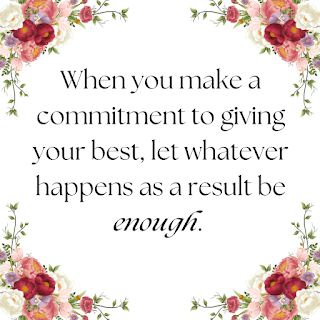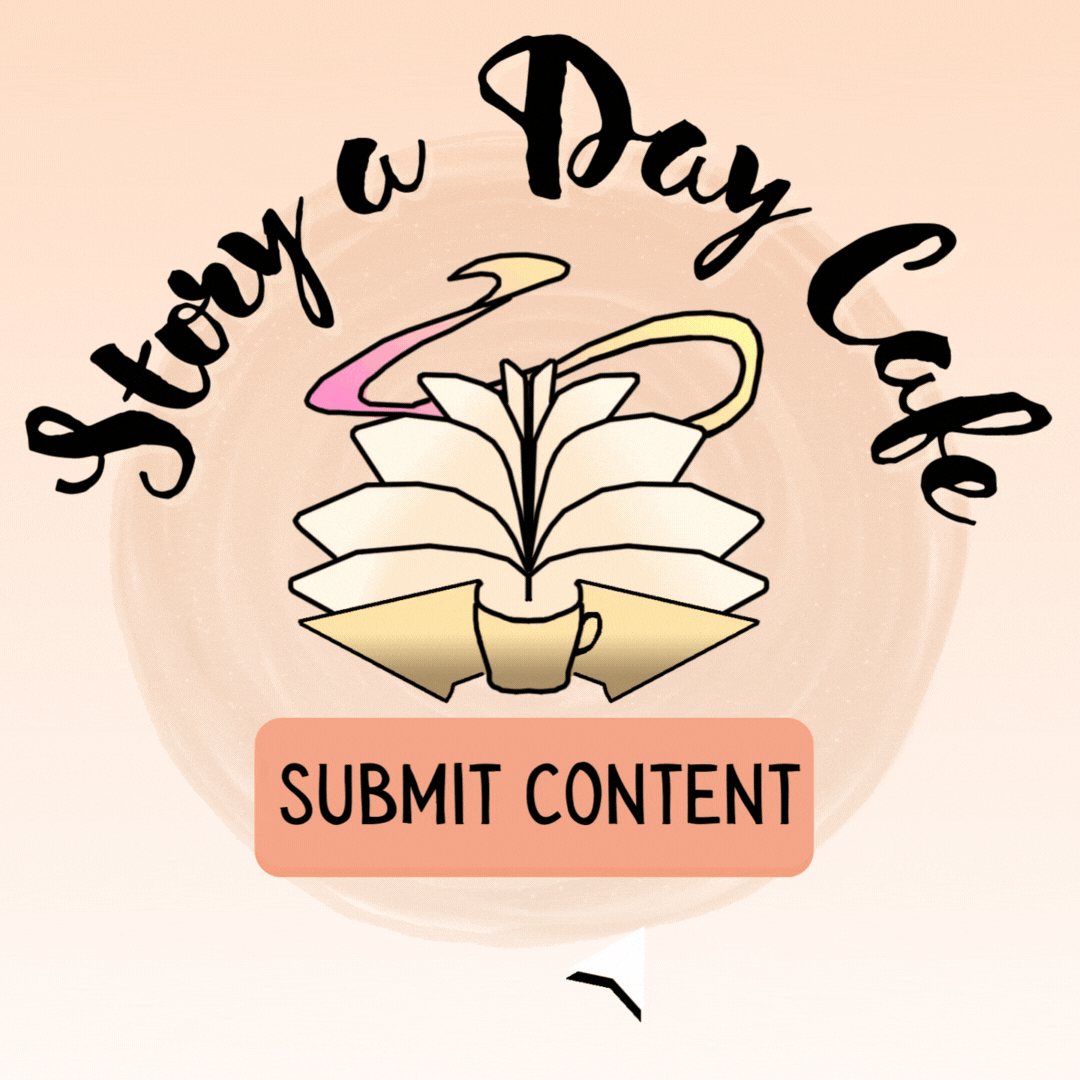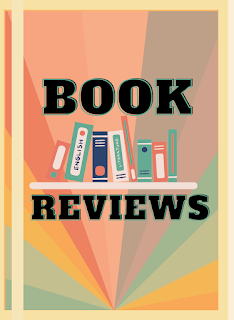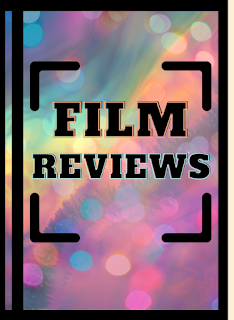The Art of Accomplishing More By Doing Less
I first came across this book while scrolling through Pinterest.
I know: Pinterest, really?
Yes, really.
It popped up on my feed most likely because of how much I’ve been looking up book recommendations. One of my good friends and I have started a pen-pal bookclub, and I’ve been avidly researching books to add to our collection of readings.
What drew me to this book was its title: Do Less. I remember thinking to myself, hmm that sounds really nice.
So I hopped on over to Amazon to look up the book and get a synopsis.
And I was pleasantly surprised that it looked like it applied to the kind of time management I’ve been trying to implement in my life in recent months.
I’ve noticed that my energy shifts in a certain cyclical pattern, and I’ve been trying to coordinate my schedule with these energy shifts to make the most of my time and efforts so that I don’t burn myself out or otherwise beat myself up for not being able to accomplish something due to an energy issue.
And I was pleasantly surprised that it looked like it applied to the kind of time management I’ve been trying to implement in my life in recent months.
I’ve noticed that my energy shifts in a certain cyclical pattern, and I’ve been trying to coordinate my schedule with these energy shifts to make the most of my time and efforts so that I don’t burn myself out or otherwise beat myself up for not being able to accomplish something due to an energy issue.
My bookclub friend has also been struggling lately with the stress of trying to do too much and not having the energy for any of it.
So I promptly put it on our reading list, bought the book, and started reading.
The book starts off by explaining what cyclical living is, and backing up the theories offered in the book with scientific research. I’m definitely one of those people who wants to know the science behind the theory before I choose to believe in it or not, so I really appreciated the effort to appeal to readers like me.
I was also intrigued by the chapter that delves into the metaphor of living life like an egg.
The book starts off by explaining what cyclical living is, and backing up the theories offered in the book with scientific research. I’m definitely one of those people who wants to know the science behind the theory before I choose to believe in it or not, so I really appreciated the effort to appeal to readers like me.
I was also intrigued by the chapter that delves into the metaphor of living life like an egg.
Sure, it might be a little weird to think of oneself as a female reproductive organ, but the logic of cultivating stillness and learning to tap into the inner strength of just being is definitely something I can get on board with.
I particularly liked this quote about the feminine energy that resides within all of us (regardless of whether we are male or female):
 |
| One of my favorite quotes from Do Less |
Starting with chapter five, she gets into what she calls the experiments, which are the tools and ways of thinking that she suggests to start living a life in alignment with your natural rhythm.
In her book, she offers fourteen total experiments that can either be done in a fourteen day period, a fourteen week period, or whatever timeframe works best for you.
The point of each experiment is to get you thinking about a certain aspect of your life and how you can insert more of the “do less” philosophy into it.
Some of the experiments are geared toward noticing yourself, identifying your needs and moods and the personal rhythms of your life.
Some of the experiments are geared toward noticing yourself, identifying your needs and moods and the personal rhythms of your life.
Others are about applying that self-knowledge into effective and essential time management skills that allow you to live your most successful, joyful life.
The remainder are all about cultivating an element of sweet surrender in your life, knowing when to let go, ask for help, and let yourself receive it.
I very much recommend you pick up a copy of the book and read through all fourteen experiments yourself, but for the sake of simplicity, I’ve narrowed down the list into the 3 main objectives I believe each experiment is trying to accomplish and the specific ways to implement them into your life.
I very much recommend you pick up a copy of the book and read through all fourteen experiments yourself, but for the sake of simplicity, I’ve narrowed down the list into the 3 main objectives I believe each experiment is trying to accomplish and the specific ways to implement them into your life.
You’re welcome.
In all of us, there are four types of energies that we will find ourselves cycling through in our own unique ways:
1. Get to Know Yourself
Experiments 1, 2, 3, 4, 8, and 9 offer suggestions on how to start to understand yourself more deeply—an important first step in any self-improvement journey. The experiments offer different ways of doing this, but the main point is to start noticing your personal energy cycles, identifying your core values, and learning how to listen to your body.Track your cycle
The first experiment is about observing your own cycle. If you are a woman who menstruates, this cycle can be your menstrual cycle, but it can also apply to the moon cycle, or the cycle of the seasons. The point is to start noticing the unique rhythm that appears in your life and also to start noticing how you feel in the different stages of the cycle you choose to focus on.In all of us, there are four types of energies that we will find ourselves cycling through in our own unique ways:
- the creative, brainstorming energy;
- the planning, organizing energy;
- the rest and recharge energy;
- and the collaborative, social energy.
These energies exist within all living beings and learning how to recognize them within ourselves and also to notice how and when they are triggered within us is the first step toward getting to know yourself.
 |
| Yin & Yang energies are the feminine & masculine energies that reside within us all. |
Identify your core values
What really matters to you? What philosophies define what you believe about the world, yourself, and the people in it?For example, my core values consist of the following:
- love or my connections to others,
- openness which is both about being expressively open as well as keeping an open mind,
- peace which includes both keeping the peace with others as well as within myself,
- balance which I define as finding an equilibrium between two opposite energies,
- and wisdom or the ability to seek out knowledge in every situation and learn from experiences.
Experiments 2, 4, and 8 in the book emphasize the need to define what truly matters to you, what gives you energy and makes you feel most alive, so that you can ensure you are living your life in alignment with those values. So start thinking about what your values are.
I would recommend making a list of at least 3-5. If you don’t know where to start, you can check out this article for some help.
Body talk
Experiments 3 and 9 are all about listening to your body, identifying the needs it has, and being open to the idea that your body really does know best.Your body is an incredibly intelligent vessel that is capable of holding more information than we may consciously realize. Whether it’s storing traumatic experiences in our muscles or the subconscious wirings in our brains, our bodies know more than we give them credit for.
Call it your intuition, your Higher Self, your guardian angel, or just your subconscious, but we all have an inner wealth of wisdom that we can tap into if only we agree to listen.
Talk to your body. Ask it for guidance.
Then allow yourself to feel however your body reacts to your questions or statements.
Do you feel a lightness or an expansion?
Or do you feel a clenching or tension?
Where do you feel these things?
Start to notice what your body is trying to tell you.
2. Apply your knowledge
Experiments 1, 4, 7, 8, 10, 11, and 12 offer suggestions for applying the knowledge you've gained about yourself. When you understanding your own energy cycles, values, and body you can start to plan your time around honoring what truly matters to you.
Schedule your tasks based on your natural rhythm
Once you’ve narrowed down the various cycles you may find yourself shifting through and how they dictate your energy, you can start to schedule your tasks in alignment with this natural rhythm of yours.Perhaps you noticed that you always stick to your workout regime for the week when you start on a Monday. Doesn’t it make sense to then start ensuring you always start your workout regime on Mondays?
In a more cyclical sense, you might notice that you feel more inspired, creative, and outgoing in the first week of every month. Therefore, it would make sense to start setting aside time during that week to meet up with friends, co-workers or otherwise attend social events since you naturally have more energy during that time to do so.
In a broader cyclical sense, you might notice that you have more of this creative and social energy during the summer season, so you might start to save bigger creative projects for this time and schedule more social events in the summer.
However you natural rhythm works, once you’re aware of it, start making sure your time lines up with your natural energy flow.
This is something I’ve been applying more to my life. I’ve always said that my connections with the people I love are the things that I care about, but then I also say that I’m awful at keeping in touch and making sure those connections thrive.
Invest your energy only in what truly matters
Experiments 4, 7, and 11 emphasize the importance of identifying what truly matters to you so that you can ensure you’re investing your energy wisely.This is something I’ve been applying more to my life. I’ve always said that my connections with the people I love are the things that I care about, but then I also say that I’m awful at keeping in touch and making sure those connections thrive.
So I’ve been cultivating more time to dedicate to my relationships with the people I love and care about.
Reflect on that list of your core values and start implementing them in the decisions big and small that you make throughout the day.
Reflect on that list of your core values and start implementing them in the decisions big and small that you make throughout the day.
How you consistently choose to live your life becomes your character, after all.
So make sure that you’re investing your energy only in what matters most to you.
Experiments 8, 10, and 12 are about making the most of your time by being honest, present, and open about what you need and who you are.
I know I struggle a lot with staying present and allowing myself to show up exactly as I am. I’ve grown quite attached to the ideas of who I think I “should” be and tend to beat myself up for all the ways I’m failing to meet those expectations of myself.
Make your connections and time count
Experiments 8, 10, and 12 are about making the most of your time by being honest, present, and open about what you need and who you are.I know I struggle a lot with staying present and allowing myself to show up exactly as I am. I’ve grown quite attached to the ideas of who I think I “should” be and tend to beat myself up for all the ways I’m failing to meet those expectations of myself.
But I’ve also noticed how this tendency makes connecting with others (especially loved ones) nearly impossible and how easily I become overwhelmed by taking on too many tasks simply because I said “yes” when I really needed to say “no.”
Setting clear boundaries and making a commitment to be present and honest with yourself and others is essential to building strong, meaningful connections and lives.
Setting clear boundaries and making a commitment to be present and honest with yourself and others is essential to building strong, meaningful connections and lives.
 |
| Honor yourself by living your life in alignment with your own natural rhythm. |
3. Surrender
The remaining experiments, 5, 6, 13, and 14 offer suggestions on how to cultivate more surrender energy in your life.Yes, I know surrender is kind of a dirty word in this Western hustle culture, but it's absolutely essential to living a life of meaning and joy.
None of us can do this life thing alone. Whether we're willing to admit it or not, we all need help—help from the people we love and respect and also help from something greater than ourselves.
This is the aspect I struggle with the most in my life, but the suggestions offered in this book have helped a lot.
This is something I’ve always really struggled with. I have a BIG problem asking for help. I too often sink myself rather than admit that perhaps I can’t do it all on my own and letting myself be helped by the people around me who are typically more than willing to help out if only I would give them the chance and ask.
The truth is that no matter how capable we are, nobody is capable of doing everything alone. We need others, and that’s okay. It doesn’t make us weak or “less than”; it simply makes us human.
Delegation is the key to sanity. Ask for help.
Experiments 5 and 6 revolve around the idea that none of us can do this whole life thing alone, and therefore we need to start acknowledging when we need help and–GASP!--being willing to receive it.This is something I’ve always really struggled with. I have a BIG problem asking for help. I too often sink myself rather than admit that perhaps I can’t do it all on my own and letting myself be helped by the people around me who are typically more than willing to help out if only I would give them the chance and ask.
The truth is that no matter how capable we are, nobody is capable of doing everything alone. We need others, and that’s okay. It doesn’t make us weak or “less than”; it simply makes us human.
Therefore, we need to acknowledge that we cannot do it all, that we should not do it all, and we absolutely should instead find ways to delegate as much as we possibly can. In other words, do less and be our best selves more by relying on the people in our lives who want to help us.
Learn how to let go and trust in what IS
Experiment 13 focuses on the element of surrender, which is about acknowledging there are greater forces at work in our lives than what we can see or control.This can apply to a higher power, but doesn’t necessarily have to.
I really struggle with this one because I don’t subscribe to a typical model of faith. I don’t have a religion to fall back on to give me a sense of purpose and hope when my world is full of chaos and nothing makes sense.
I really struggle with this one because I don’t subscribe to a typical model of faith. I don’t have a religion to fall back on to give me a sense of purpose and hope when my world is full of chaos and nothing makes sense.
I’ve instead had to cultivate a sense of surrender from within, a trust that I will find a way to be okay even when everything is absolutely not okay simply because as long as I’m still alive and breathing, well, I don’t have a choice.
The point of this experiment is that it’s important to acknowledge that we can’t control everything and trying to will only drive us insane.
The point of this experiment is that it’s important to acknowledge that we can’t control everything and trying to will only drive us insane.
For many people, religion offers a way to find this acknowledgement by trusting in a higher power.
For me, I choose to fall back on the belief that maybe nothing makes sense and maybe that’s okay. Maybe it’s not supposed to because maybe what makes the world beautiful is that we get to make our own meanings.
Which is to say that it’s okay to define your own path to surrender, as long as you’re able to learn when to let go and trust in what IS.
I’m a perfectionist, so once again, I really struggle with this one. Every time I complete something or even start working toward a task, all I can think about is all the things I could and should do better. Nothing is ever “good enough.” Everything–including myself– is always a work in progress, perfection out of reach.
Which is to say that it’s okay to define your own path to surrender, as long as you’re able to learn when to let go and trust in what IS.
Know when enough is enough
The final experiment offered in the book is about letting it all be enough.I’m a perfectionist, so once again, I really struggle with this one. Every time I complete something or even start working toward a task, all I can think about is all the things I could and should do better. Nothing is ever “good enough.” Everything–including myself– is always a work in progress, perfection out of reach.
And instead of beating myself up about this, I need to learn how to accept that enough is enough.
When you make a commitment to giving your best, let whatever happens as a result be enough. Be satisfied with enough. Know that you are enough. Your efforts are enough. Your life is enough.
When you make a commitment to giving your best, let whatever happens as a result be enough. Be satisfied with enough. Know that you are enough. Your efforts are enough. Your life is enough.
In short, enough is enough.
What do you think about this Do Less philosophy? In what ways do you think applying some of these tools would make your life better? Which ones do you think you struggle with the most?
 |
| Let enough be enough. |
What do you think about this Do Less philosophy? In what ways do you think applying some of these tools would make your life better? Which ones do you think you struggle with the most?
Let me know in the comments below or on one of our socials!







.png)













0 comments